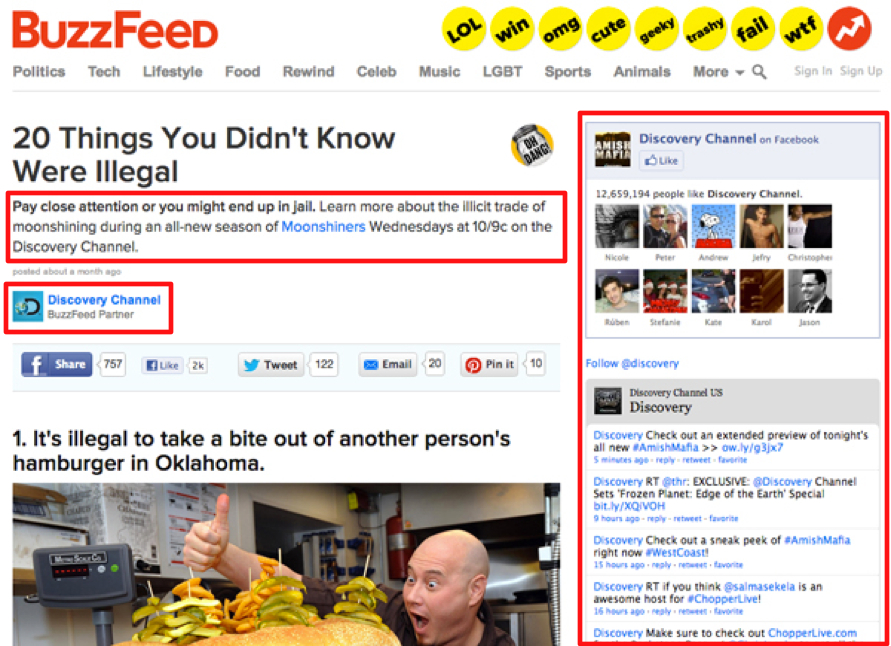Compare how media language is used in the construction of gender in two print advertisements for fragrances . (500-800)
1 female, 1 male, compare both advertisements.
Needs an introduction and conclusion.
 Male = Hugo Boss.
Female = J'adore Dior.
Use terminology such as; patriarchy, objectification, denotes, connotes, signifies, etc
Describe the advert in one sentence.
Camera shot, mis en scene, anchorage text, what does each of these tell us, etc
How is the gender constructed? Is anyone being objectified, are there any stereotypes, patriarchy, matriarchy? Are the images airbrushed? Anything else? x2
Male = Hugo Boss.
Female = J'adore Dior.
Use terminology such as; patriarchy, objectification, denotes, connotes, signifies, etc
Describe the advert in one sentence.
Camera shot, mis en scene, anchorage text, what does each of these tell us, etc
How is the gender constructed? Is anyone being objectified, are there any stereotypes, patriarchy, matriarchy? Are the images airbrushed? Anything else? x2
The second paragraph will be the comparison one, so use comparative words; whereas, in contrast to, etc
Conclusion, what have you learned from the two adverts?
Are gender stereotypes still prevalent in advertising
What do you think about recent moves to challenge gender stereotypes in the industry?
(ASA, UN)?
Constructions of gender are used everywhere in todays society, and can be seen in almost every advertisement that comes across the TV. Usually, the way this works is that men are seen overpowering the women, and not the other way round, this is called Patriarchy - when the men dominate society. This is because the man is stereotypically seen as the strong and masculine one, the one who is always in control, whereas the women on the other hand, are seen as weak, vulnerable and inferior to men.
In the J'adore advertisement, we can see a beautiful model with a perfume product beside her. The whole mis-en-scene setting is an illuminating gold colour, this can connote that the cover-model is beautiful and is seen as someone treasurable, though the colour could also signify; class, wealth and glamour. Further, the angle used in this advert is a long shot, which is significant as it shows what the model is wearing, it also shows her body shape and background, she is also seen making direct address with it's demographic audience, who should be women between the ages 16-21, this could connote that she's powerful, or rather, is trying to make the target audience feel powerful once they use this product, it'll make them feel young, beautiful and illuminating, as stereotypically, women are seen as very insecure and emotional, so this advert supposedly is seen to subvert to this stereotype, giving women power; a rising of Matriarchy - when women come to power in society instead of men. Furthermore, in the mis-en-scene, the model is clearly very air-brushed, this again, could signify that she is perfect, smooth and beautiful, though this conforms to the stereotype of women having to be perfect and beautiful.
In contrast to the first advertisement, this is a Hugo Boss advertisement. Here, we can see Ryan Reynolds standing with his suit and the product beside him. There is a use of long shot, which again, is significant because we can see what he is wearing, what's behind him (the background) and what his facial expressions are, which we can see that it's a straight face, and since he is making direct address with the audience, it enhances the use of the female gaze theory, where women can look at him and admire him. However, the assertive look on his face connotes dominance and power, which is quite a contrast to the previous advert, as the model looks quite innocent and radiant, whereas here, Ryan looks authoritative and ruling. The colours used in this ad are dark, e.g navy colours of the suit, of the product and the background itself. The colour holds a significant amount of connotations, such as; confidence, masculinity and power, whereas in the J'adore ad, there is gold everywhere, which again, is radiant and promotes beauty. Stereotypically, the colour blue is associated with men more than women, and that's because the colour is seen as more masculine, whereas for women, it's pink, because it's soft and innocent. Further, we can include that this perhaps conforms to Maslow's Hierarchy of Needs of 'esteem', this is because if men use this product, they will feel more dominating and ruling.
In conclusion, the two advertisements are very different from eachother except for the use of shots, both are the same. The two very much distinguish the female and male stereotype through the use of colours, clothing and facial expressions, and since the ads are quite recent, it still shows that the stereotypes are still prevalent to this day - to this society. Personally, I support the ASA's view on gender stereotyping, because it indeed CAN affect children in a bad way, psychologically speaking. It can make them see things the way they shouldn't, so for example, they may see someone in the media and aspire to look like them, someone like Kylie Jenner, who is extremely popular on Instagram with her looks. I think she's a bad influence to the generation that's growing up today, because many people want to change themselves just so that they could fit in society, which isn't an admirable thing, people should learn to love themselves, etc and be who they are.
 Platforms: Twitter hashtags, Instagram tags, Snapchat filters, and Kylie actually promoting the products.
Platforms: Twitter hashtags, Instagram tags, Snapchat filters, and Kylie actually promoting the products.

 resigned.
resigned. mainstreamer.
mainstreamer. Succeeder.
Succeeder.) Explorer.
Explorer.
